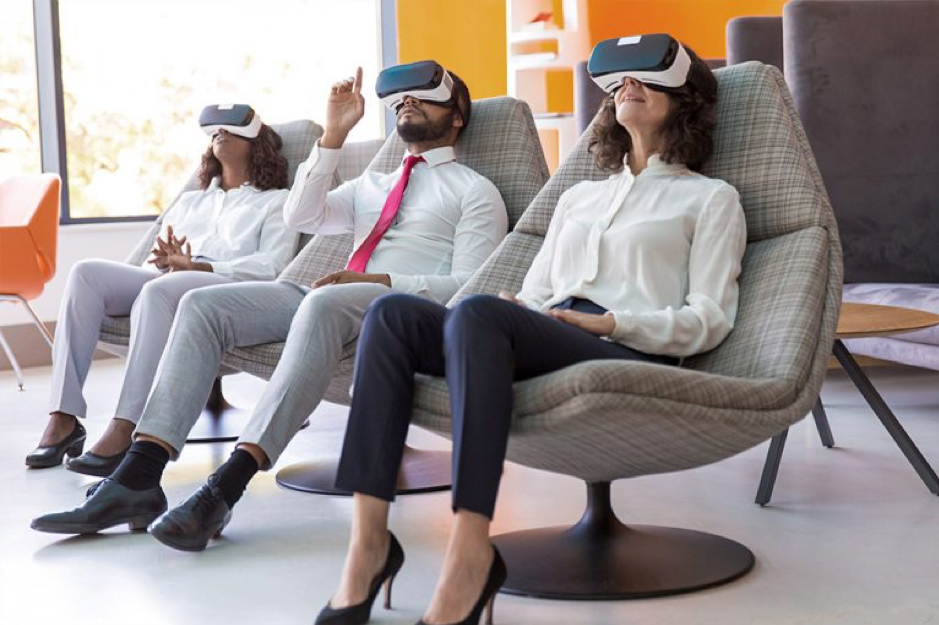Why is the Border between Virtual and Real Worlds Disappearing?

For reference : This series of trendletters continues the practice of publishing reviews of global technological trends since 2014 and presents a unique database of global trends and challenges in the field of human development. This research of the HSE ISSEK is based on the results of iFORA Big Data System, the Delphi survey (with the participation of more than 400 leading foreign and Russian scientists), expert sessions and interviews.
Augmented (AR), virtual (VR) and mixed (MR) reality technologies combined with human-centered design, using behavioral economics, social psychology and neuroscience methods help to increase user engagement by getting impressions related to the purchase of a product or service.
In the virtual space, their own metaverses appear with social interaction and economic processes similar to those that exist in the material world. The terms of transactions in the digital environment are supported by blockchain and non-fungible token (NFT) technologies, but their legal status has not yet been fully determined.
The interconnection of the virtual and real worlds is accompanied by the emergence of new subjects of social communications — virtual assistants. These are characters (avatars) that exist only in a virtual environment, created with the help of artificial intelligence and machine learning, who are independent participants in communication. Brands use them as influencers to promote their products and services.
The interpenetration of the real and the virtual makes a change in the usual structure of social ties. The negative consequences of disrupting normal social communication include Internet addiction and an overabundance of information, provoking anxiety states, forms of social behavior and social maladaptation.
The new issue of trendletter is available at the link.
Previous issues of trendletters can be found here.